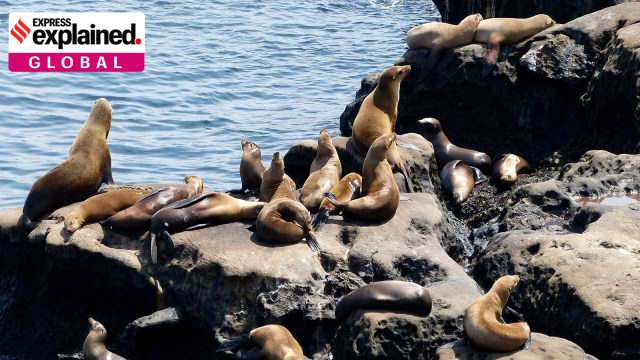March 28, 2024
The Global Threat of H5N1 Bird Flu: Impact on Avian and Mammalian Populations
Introduction:
- Since its emergence in 2020, the highly pathogenic H5N1 bird flu virus has become a grave concern worldwide. Initially affecting primarily avian populations, it has now escalated to pose significant threats to both birds and mammals, including marine life.
Spread of H5N1 and Impact on Avian and Mammalian Species:
- Avian Impact:
- H5N1 has afflicted birds in over 80 countries, leading to massive culling of poultry.
- Wild bird populations, such as gulls and terns, have suffered substantial losses.
- Mammalian Impact:
- Marine mammals, particularly sea lions and dolphins, have experienced devastating mortality rates in regions like Chile and Peru.
- Reports of seal deaths along the US coasts and outbreaks among various mammalian species worldwide highlight the severity of the situation.
Severity of Outbreaks and Concerns for Wildlife Preservation:
- Avian Casualties:
- The outbreak stands as the most extensive in global and US history, with millions of birds succumbing to the virus.
- Even endangered species like the California condors face dire consequences, with a notable percentage lost to H5N1.
- Mammalian Toll:
- Marine mammals, including elephant seals, suffer alarming mortality rates, with devastating effects on breeding populations.
- Infections among terrestrial mammals like foxes, pumas, and minks raise concerns about viral reassortment and increased virulence.
Human Health Risks and Transmission Dynamics:
- Although rare, human infections primarily occur through contact with infected birds, especially in densely populated poultry farms.
- Factors Contributing to Global Spread:
- Climate change is posited as a significant factor amplifying the spread of H5N1.
- Rising temperatures alter bird behavior and habitats, facilitating viral transmission and expanding the range of affected species.
- Elevated sea surface temperatures exacerbate vulnerabilities in marine ecosystems, weakening species like sea lions and amplifying disease transmission.
Conclusion:
- The rampant spread of H5N1 bird flu presents a multifaceted threat to global biodiversity, with severe implications for both avian and mammalian populations. Urgent action is necessary to mitigate the impact on wildlife and prevent further transmission, underscoring the importance of addressing underlying environmental factors contributing to the outbreak.
Daily Gist : The Hindu/Indian Express : 30 Jan 2025
January 30, 2025
Gist of editorial : the Hindu/ Indian Express/20 Jan 2025
January 20, 2025
Daily the Hindu/ Indian Express Editorial Gist: 14 Jan 2025
January 14, 2025

